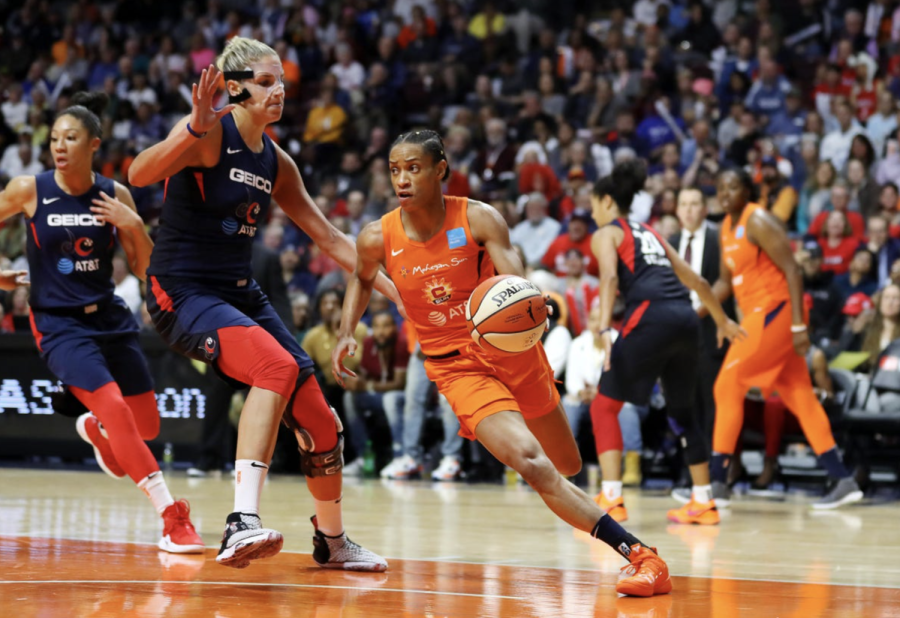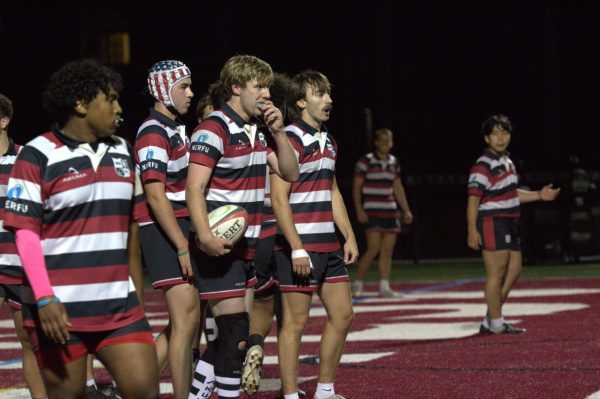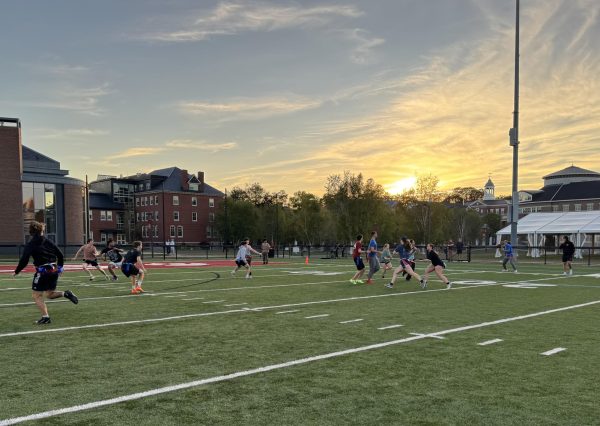Live by the 3, or die by the 3: An exploration of the WNBA Finals
If the 2022 WNBA finals taught us one thing, it’s that there are multiple ways to win a basketball game. Despite the new-age analytics that suggest long two’s are inefficient and “layup or three” is the only way to run successful offense, the Connecticut Sun showed fans that a strong lineup filled with inside-the-arc scorers can win games, too. On the contrary, the Las Vegas Aces demonstrated how the modern, pace and space game is meant to be played.
This juxtaposition of styles made for an incredibly interesting finals’ series. While the Sun only shot 13.7 three’s per game during the playoffs (the fewest three’s per game in the playoffs), the Aces shot a whopping 25.7 long balls per game, almost twice as many three’s as the Sun.
The Aces played mostly a 4 out 1 in offense, headlined by star A’ja Wilson in the post. At times, though, they would go to a fully 5 out scheme, which really showcased how dynamic they could be on the offensive end. The 5 out spacing allowed guards Chelsea Gray and Kelsey Plum to attack the paint with ease (without two bigs clogging the lane), and they were able to kick out to shooters on the three point line when the help came. The spread-out offense often created extra room for Wilson, who is simply too strong and dominant down low to guard with one defender. Going up against the likes of Jonquel Jones, Brionna Jones and DeWanna Bonner (three taller, less agile defenders), the Aces guards were also able to hunt for switches and use their speed and quickness on the perimeter to attack.
This was all a part of the Sun’s plan, though, because what they lacked in speed and lateral movement on the perimeter, they made up for with strength and toughness down low. The Sun led all playoff teams with 38.8 rebounds per game, and they shot 16.9 free throws per game, more than any other team. Their ground-and-pound style led to lots of easy put-backs, layups and floater-type shots. However, not everyone on the Sun’s team was being attacked; Natisha Hiedeman and Courtney Williams could certainly handle their own when it came to quick perimeter scorers. In order to counteract this, the Aces’ guards often looked for switches onto the Sun’s big, which proved to be a fairly successful kink in their gameplan.
I’m not here to tell you that pace and space is better than strength and toughness, and I’m not even telling you that those two offensive concepts are mutually exclusive (look at Jonquel Jones, for example, who is able to shoot with the likes of anyone despite being the tallest/strongest player on most WNBA courts). However, what I am here to tell you is that there are multiple ways to run a successful offense. And, when choosing what scheme to implement, it probably makes sense to do it based on the talent that you have, not based on a theoretical offensive philosophy.
Your donation will support the student journalists of Bates College and help us cover our annual website hosting costs.







